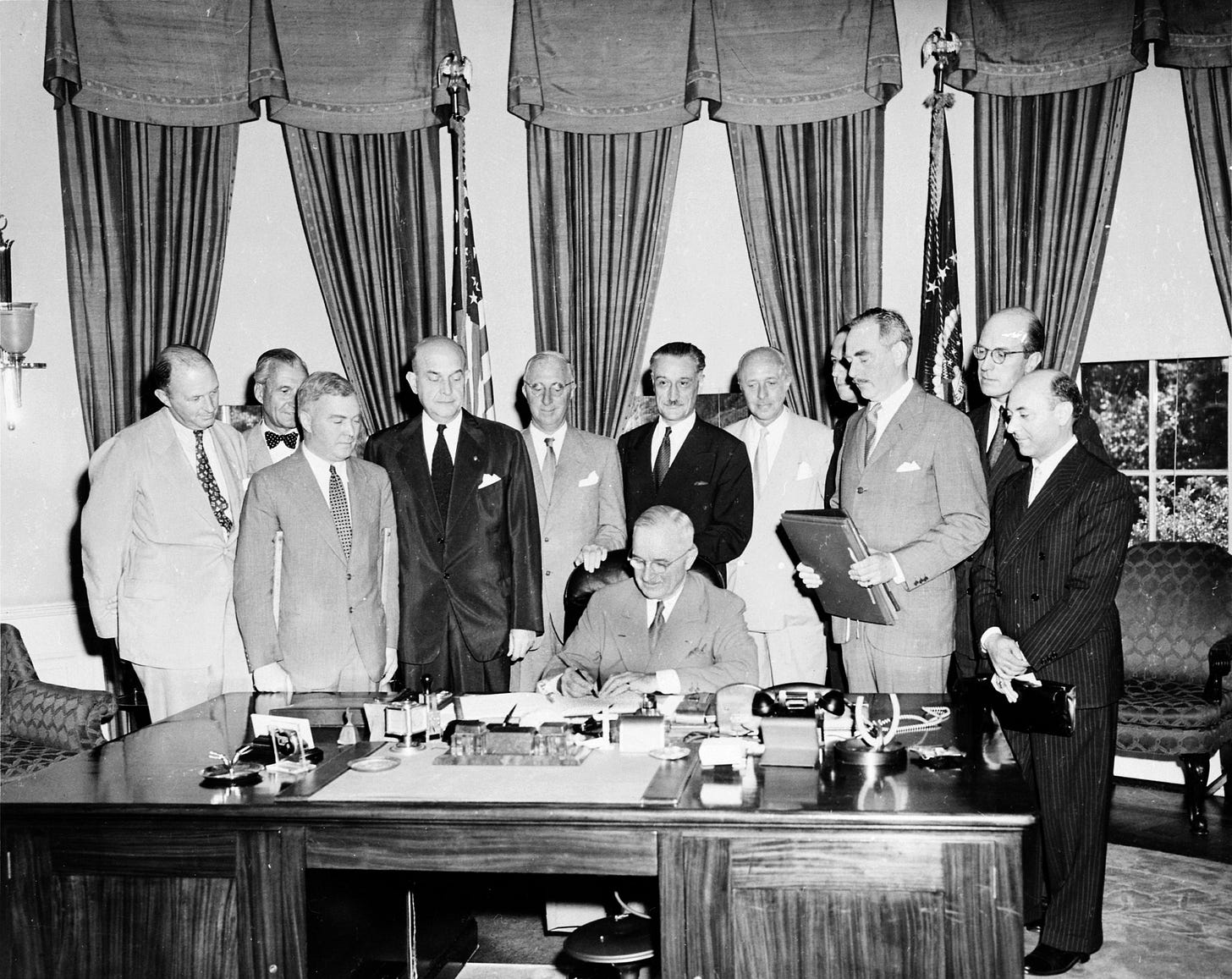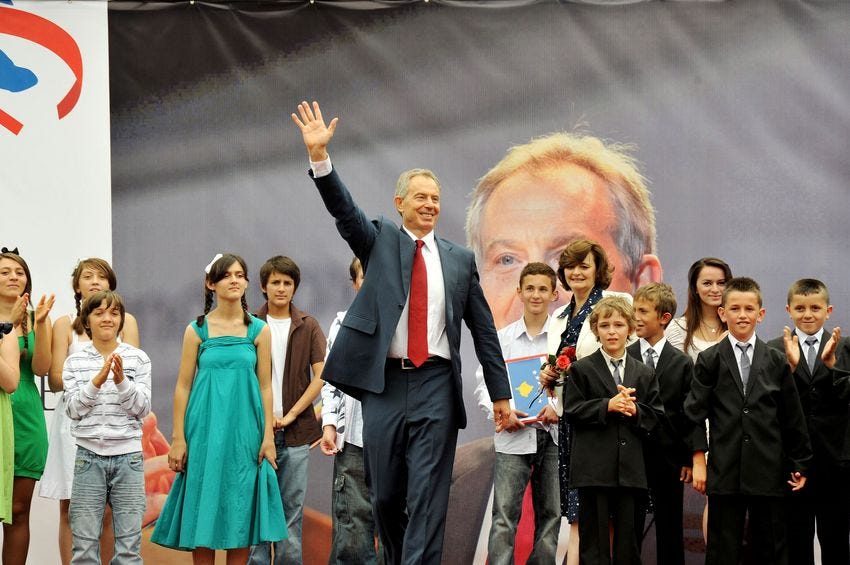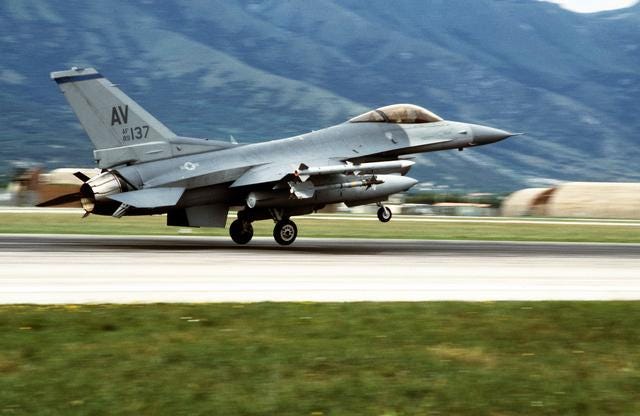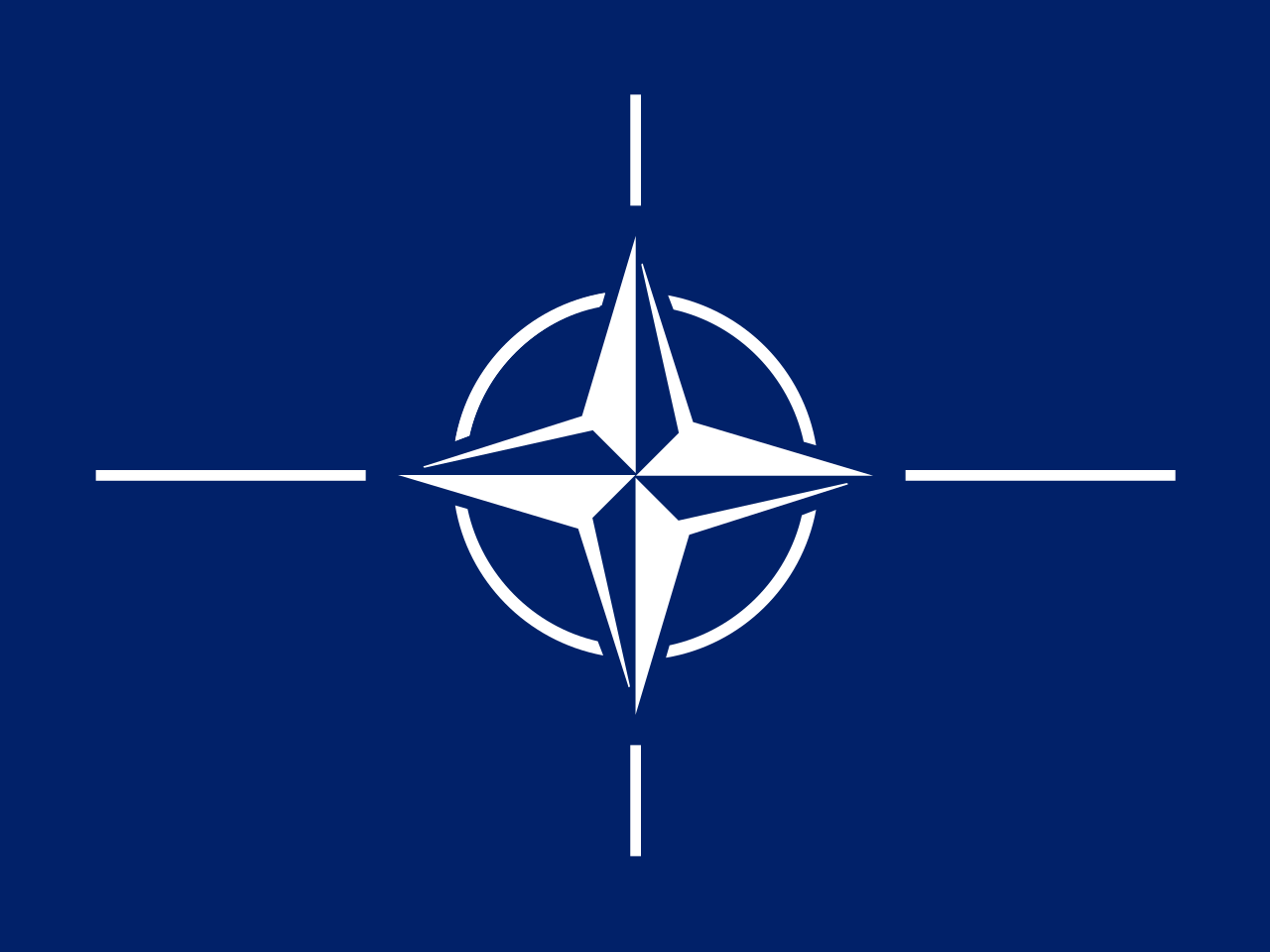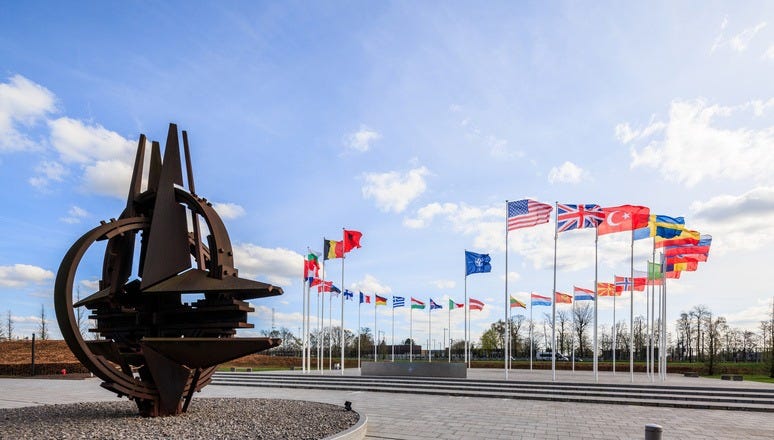If you ever meet me in person at an event or conference, you’ll quickly spot the shiny pin I’m donning on my chest or lapel, which is the flag of the North Atlantic Treaty Organization (NATO). Perhaps you, reading this, are someone I just met at an event and have pointed you to this article.
I’m often asked why I wear the pin and am so passionate about NATO. This is a brief list of a few of my favorite narratives.
NATO, The Friendship
The history of Europe is a history of war, hatred, and destruction. Europeans across the continent have been killing each other for millennia, and the death toll is in the tens of millions, most of which accumulated less than one century ago. As the death toll was exponentially increasing into the 20th century, there could hardly be any case to be made that one day it would halt to a complete stop. But after enough pain, enough suffering, the survivors of the horrific Second World War tried something new.
Instead of killing and backstabbing each other, what if they worked together? What if they cooperated? What if they put aside their petty differences and built an alliance? On April 4, 1949, twelve countries, including the USA, Canada, and various Western European countries, signed the North Atlantic Treaty in Washington, D.C.
The Treaty is composed of 14 different articles, the most significant of which is the fifth. This article addresses the agreement upon collective defense and contains the fundamental statement of the entire organization: an attack against one shall be considered an attack against all.
This is the strongest statement of friendship uttered in human history. The very essence of the Brotherhood of Mankind was expressed in these words. Instead of constantly being at each other’s throats and backstabbing, these people told each other: no matter what happens, through thick and thin, we will always have your back because you are one of us. We love each other and will fight to the death for one another.
In 2024, NATO celebrated its 75th anniversary as the greatest organization in human history. Ironically, the organization has done quite little, in terms of explicit action. Article 5 was only invoked once, and in total, NATO has only engaged in about 30 military operations, only a fraction of which involved deliberate force. No nation has ever declared war against a NATO country because they understand the power of this friendship, and that is not to be fucked with.
Don’t we all strive for the kind of friendship that the countries of NATO have formed for each other? When the times get tough, when you can’t do it alone, when you’re in a fight for your life, we all rely on those ride-or-die friends who’ll have your back. Let the friendship of the countries within the North Atlantic Treaty Organization be a model by which we individuals can forge the bonds of sacred friendship on a personal level, such as they have done on a national level.
NATO, The Heroic
Have you ever met someone named Tonibler? Probably not, and you’ve likely never even heard the name unless you come from the great nation of Kosovo. Tonibler is a name given to Kosovan boys in honor of the heroics of Sir Tony Blair, former Prime Minister of the United Kingdom, who was a prominent leader in the NATO intervention during the Kosovo War. The Kosovans adopted similar names for their children, such as Klinton and Madeleine, for Bill Clinton and Madeleine Albright, respectively, also for their leadership in the campaign. There is hardly an action more powerful to honor the heroes to your country than to name your very children after them.
Universally, across all cultures, our greatest stories, myths, and narratives are based around heroes. We all strive to find heroes. They give us hope. They give us motivation. They’re a beacon of light in an often dark world. This dark world reared its ugly head in 1992.
The Second World War is largely known for its horrific genocidal campaigns and ethnic cleansing carried out by the Axis powers. In April 1945, survivors of the Buchenwald concentration camp displayed on homemade signs the phrase, “Never Again.” This slogan would come to be adopted as a universal message that the world should learn its lesson from this tragic war and move on from such detestable ideas such as genocide and ethnic cleansing.
But it indeed, happen again, less than 50 years after the end of the Second World War.
The Bosnian Genocide occurred between 1992 and 1995. The Army of Republika Srpska , a secessionist Serbian military within the newly independent Bosnia and Herzegovina, carried it out against Bosniaks, Croats, and other non-Serbs. The horrors thought to be stamped out by those who shouted “Never Again” were brought back in full: concentration camps, genocide, mass rape, ethnic cleansing. In this dark moment of humanity’s worst, NATO stepped in as the hero. They hadn’t engaged in a single mission up to this point in their existence, but were more than prepared to lead the liberation effort.
NATO started with a string of naval blockades and the establishment of no-fly zones. Still, these meek measures did not deter the Serbs in the slightest, who proceeded to perpetrate the Srebenica Genocide, killing over 8,000 Bosniaks in July 1995. Enough was enough.
Operation Deliberate Force was an air campaign that began on August 30, 1995, and consisted of 5,000 NATO military personnel tasked with fighting 80,000 Serb soldiers. Despite the drastic numbers disadvantage, only after three weeks of a ruthless bombing campaign, the NATO force would achieve a decisive victory (with zero casualties, no less) that would shortly lead to the final negotiations ending the war and genocide.
When much of the world turns a blind eye to evil, we need heroes who take on the often thankless and dauntless task of being morally righteous and courageous enough to do what’s just. NATO’s interventions in Kosovo and Bosnia are a perfect demonstration of what heroic behavior demands. Let the bravery and courage of those NATO soldiers who fought in Yugoslavia be an inspiring story of heroism and the Good’s triumph over Evil.
NATO, The Beautiful
One of Western Liberalism’s missing pieces is aesthetics. For various historical and philosophical reasons, there simply hasn’t been much precedent or example to present our political view in an artistic, beautiful way. Our enemies of the 20th century, Fascism and Communism, both had extremely unique, novel, and beautiful art that they held to a high standard.
Communist art would depict images of Man being industrious, exploring outer space, and hoisting the hammer and sickle in pride for their political ideology. Fascist regimes were even more obsessed; they would completely integrate their politics and aesthetics. This phenomenon is known as the Aestheticization of Politics, coined by philosopher Walter Benjamin. Whether or not the messages or ideals portrayed in the Fascists’ or Communists’ art are true or moral is of course an important question, but undeniably, they were inspiring and worked as excellent propaganda.
We Liberals are largely missing this in our politics. Some may say this is unnecessary, especially given that we defeated the two previously mentioned ideologies, but art is a fundamental aspect of a man’s life, and if our ideas are serious, we need to idealize our principles in an artistic form.
Ayn Rand and the Objectivist movement are the only ones within the Liberal tradition to understand the importance of aesthetics. Her famous novels, The Fountainhead and Atlas Shrugged, present the ideals of individualism and capitalism, cornerstone ideas of Liberalism. But there is, of course, an organization that conveniently lends itself to the kind of Beauty and Glory that’s worthy of Liberal Aesthetics.
The Flag of NATO consists of a white compass rose with four cardinal directional lines, over a dark blue background, representing the Atlantic Ocean. Lord Ismay, the first Secretary General of NATO, described the emblem as such: “a four-pointed star representing the compass that keeps us on the right road, the path of peace, and a circle representing the unity that binds together the countries of NATO.”
Simple, Powerful, Distinct. It’s a vexillological and aesthetic masterpiece, and it’s no wonder that the flag and its emblem are cherished by those who love what the organization stands for. It’s everywhere on the internet: in profile pictures, propaganda images, thumbnails, shitposts, etc.
There is also an official NATO anthem. “The NATO Hymn” is an instrumental piece composed by André Reichling, a Luxembourgish military officer and band member. It’s exactly what you’d expect as another simple and powerful composition, but it’s not widely known or used.
In my opinion, the greatest aesthetics that have come out of NATO did not originate within the organization, but was a grassroots internet phenomenon: NATOwave.
NATOwave combines both auditory and visual aesthetics. They are a synthesis often combining elements of Synthwave and Vaporwave with footage of fighter jets, tanks, and other military equipment. There are many different variations to the style, given its decentralized nature, but they all are created with a sense of glory and beauty in depicting what the organization stands for.
Symbols are a powerful tool. They can convey an entire worldview in a simple image. They can inspire entire peoples to rally around an ideal. It’s no wonder that the revolutionary movements of Communism and Nazism had powerful symbols which the people rallied around, the hammer and sickle and the swastika, respectively.
Let us Atlanticists rally around the flag of NATO as a symbol of our friendship, mutual defense, and love of Western Civilization.
Let the geometrical beauty of the Compass Rose inspire a deep feeling of direction, peace, and strength in your life.
Let the music of NATOwave drown out all your worries and fears and inspire that brave, energetic soul in yourself who will stop at nothing to defend what you believe in.
Long Live NATO
There is a pattern you should have noticed between all my narratives: they are all extremely personal in nature. Friendship, heroism, beauty, these are values rarely discussed in everyday political discourse. We often get lost in concretes and political frameworks surrounding strategy, tactics, and policy. But there’s a simple principle to ground us: The Political is Personal.
Our governments, our leaders, and politics, reflect us. How nations act on an international level is simply a large-scale reflection of how individuals act on a personal level. The same principles of behavior that apply to individuals apply just as consistently with nation states because nation states are composed of those very individuals.
NATO is a reflection of our highest virtues and values: friendship, heroism, beauty, just to name a few. Let us strive to live in a virtuous and honorable manner in our personal lives in a similar manner to how NATO conducts itself in its international life.
Long Live the North Atlantic Treaty Organization!


